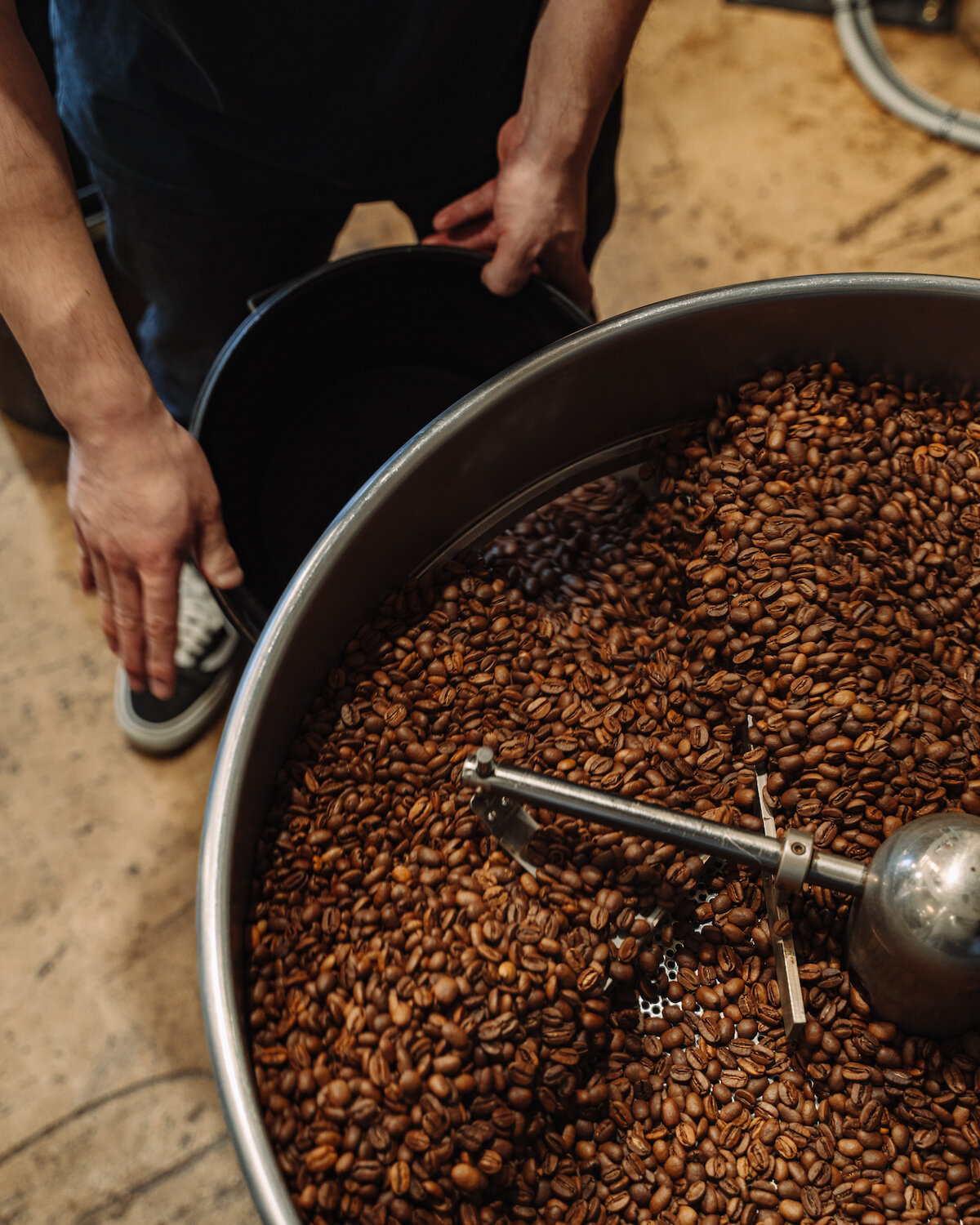Coffee 101: Colombian Coffee vs Brazilian Coffee
Colombian coffee. Brazilian coffee. These are two of the largest, most prolific coffee growing areas in the world. And because they produce so much coffee, they also produce a lot of coffee fans. You may have heard friends claiming they ‘only’ drink Colombian coffee, or loudly proclaiming how Brazilian coffees are sweeter (and, therefore, better).
But at the end of the day, we’re here to tell you the truth. You don’t have to choose. When it comes to Colombian coffee vs Brazilian coffee, they might be different, but high-quality beans from both countries can give you an incredibly delicious cup of coffee. Of course, some days you might be feeling Colombian, and some Brazilian. And in that case, it is good to know some of the differences. So, on the days when you just have to make a choice, here’s what we know.
Colombian Coffee vs Brazilian Coffee
Colombian Coffee
Colombia is a pretty awesome place. In fact, the Colombian Andes region is one of the richest and most diverse regions on earth. It has more species of orchids, palms, birds and bats than any other place on the planet. More than 400 mammal species, 198 rodent species and 166 bat species call the area home, and that doesn’t include the many (many) marsupials, hares, rabbits, primates, tapirs, deer and bear that also live in the area. Suffice it to say that the unique ecosystem that brings a great deal of rain, and some of the densest and most diverse jungles on the planet, might make some pretty great coffee beans, too.
The Andes mountain range is a key part of what makes Colombian coffee so great. It has just the right elevation levels, soil makeup and temperature to grow the highest-quality and most flavourful coffee beans.
One thing we particularly love about Colombian coffee is that it’s typically shade tolerant beans. In fact, originally coffee was a shade crop, and many small producers in Colombia are reverting back to the more sustainable practice of growing under canopy. This is great because the more shade tolerant beans we consume, the less deforestation occurs.
Let’s talk about taste.
Of course, we can’t forget about taste. The ‘classic’ Colombian coffee flavour profile has a caramel sweetness, some bright acidity and nutty overtones. It is medium-bodied and is also sometimes described as slightly bitter.
Brazilian Coffee
Rounding out our Colombian coffee vs Brazilian coffee competition, Brazil might initially be thought of as the top dog. After all, Brazil, with its huge land mass, accounts for a full one-third of all global coffee production. It’s been the highest global producer of coffee beans for over 150 years, and the Brazilians themselves love coffee (they’re the 14th largest consumers of coffee in the world). But the elevation of coffee farms in Brazil tends to be lower than in other countries, and Brazilian producers face the challenge of non-volcanic soil for growing the beans.
Brazilian beans themselves are generally arabica, with some robusta sprinkled in. And Brazilian coffees tend to be heavy-bodied most suitable to espresso-style coffee brews. With the increase in popularity of espresso coffees, Brazilian beans are more popular than ever (for good reason!).
Let’s talk about taste.
Brazilian coffee is generally full bodied, nutty, with notes of chocolate and spice. It has very low acidity and is often described as being sweeter than other countries’. Of course the sheer amount of beans coming from Brazil mean that no two flavour profiles will be exactly alike, and the different beans can be highly nuanced.
Colombian Coffee vs Brazilian Coffee – Which is Better?
In the battle of Colombian coffee vs Brazilian coffee, which comes out on top? We found it really hard to pick a single winner (even just out of two!), so we’ve given out the top prizes below.
Best espresso-style coffee – Brazil
Most exotic tastes – Colombia
Best for single origin – Colombia
Best for blends – Brazil
Of course we’d love to know what you think! So get in there, give them a try and let us know.
Check out our shop and read the origin stories of your favourite beans.

